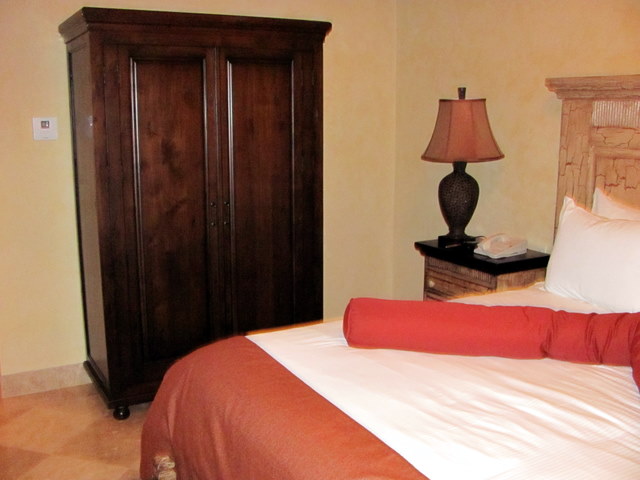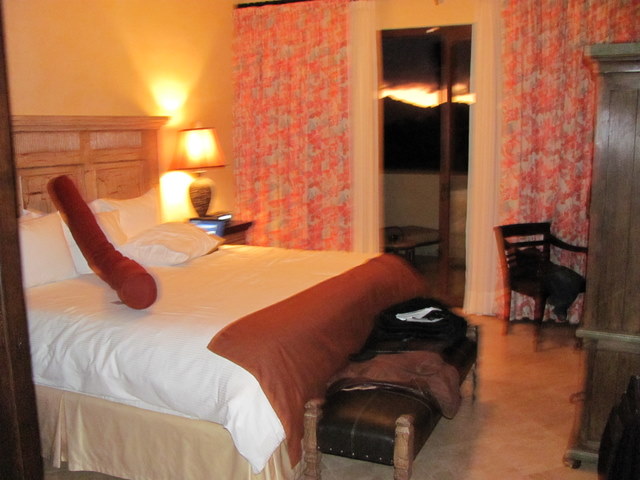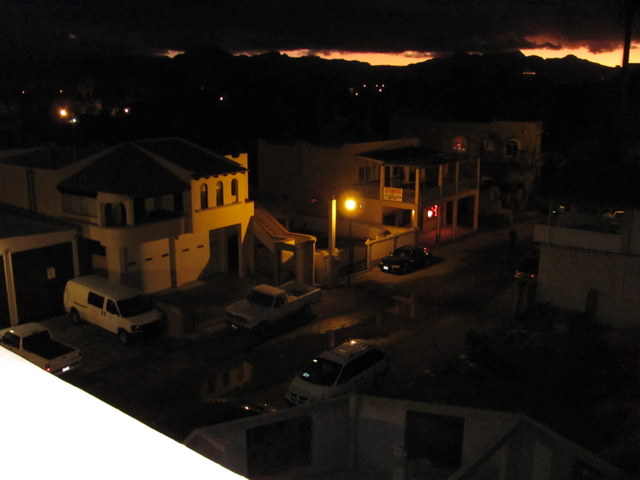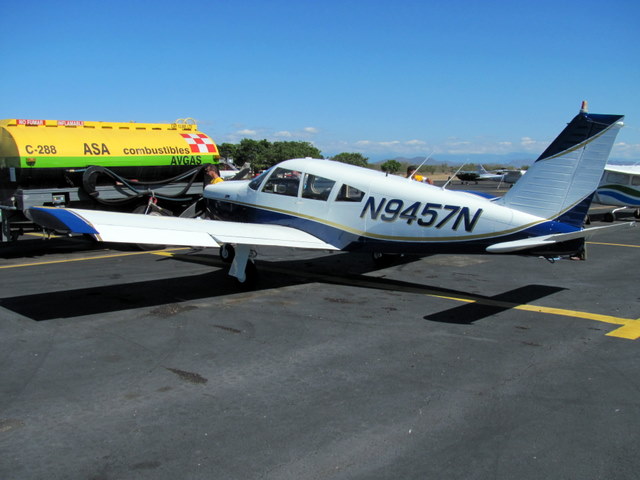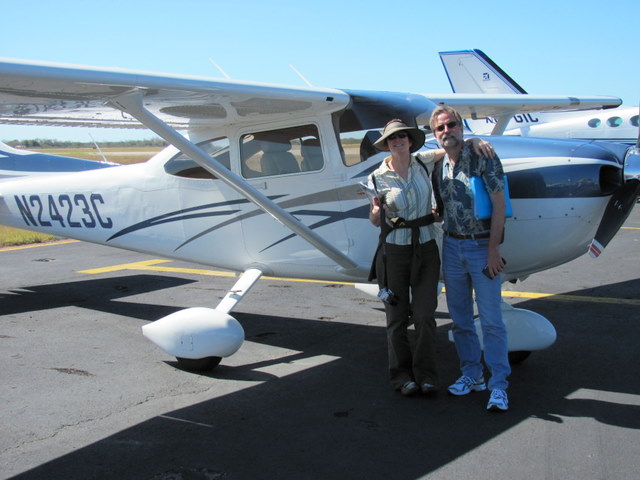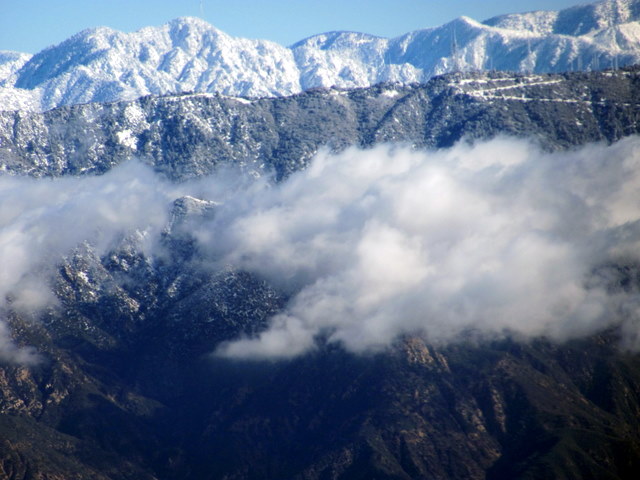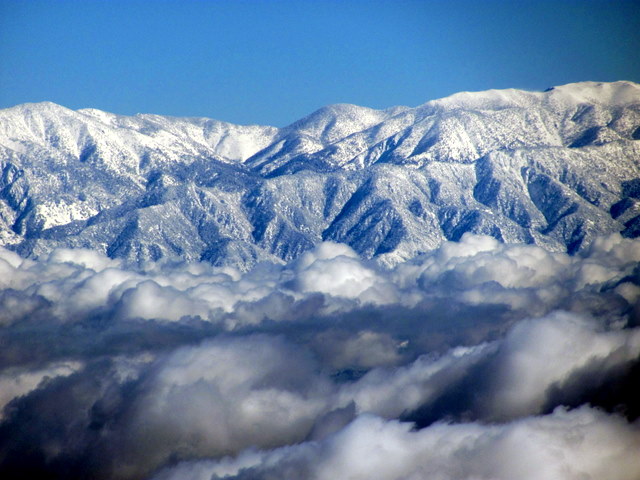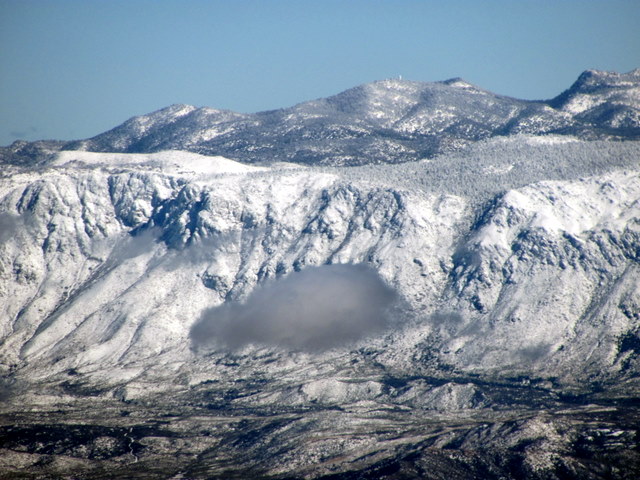I left Marina del Rey, CA for a three week, or so, adventure in Alaska. My emergency gear was packed, back seats and wheel pants were removed…heading North and West with no flight plan. After a lovely VFR flight up the California coast while contemplating a gravel landing next to Mt. McKinley in Denali National Park, AK.
I remembered the great crabs in Eureka and that’s where I would spend my first night…munching on great crabs. NOT.
Who knew crab season wouldn’t start till December and that most hotel rooms were full?
It was misty and overcast, which is quite usual this time of the year, next to the ocean. HOCUT THREE DEP was available for runway 32…it was foggy with a marine layer right down to the ground…I waited a few moments and as Tom Sobehrad (he is the local fuel guy…and I was later to learn he also was the fire truck guy) said, the weather changed in 5 minutes as it is prone to do. We smiled, he was a nice guy, and agreed to meet again during crab season.
Grabbing my IFR clearance from Seattle Center, who was working me from the ground at this non-controlled airfield that I most likely would declare VFR once on the top.
The runway is 6000’ and I had a 4500 RVR and was good to go.
It was an uneventful take-off…I was immediately in IMC in the marine layer. At about 300’ AGL I retracted my ten degrees of flaps and proceeded to correct the P-Factor with right trim. The trim no matter how much I turned it would not trim the pressure on the rudder and the trim indicator was broke. I figured I would deal with that at altitude.
Looking back at my artificial horizon I noted I was at about 400’ with a strong right turn to about 50 degrees bank. This is why we always train for unusual attitudes…right?
Deciding the artificial horizon was my best choice to figure out my situation I started to correct from the immanent spin into the cold Pacific Ocean. The turn coordinator was looking very odd so I focused on the artificial horizon again.
I had my right leg locked straight and foot close to the floor…and I just managed to level myself out of this dangerous turn at about 500’ in IMC. No doubt I had just beaten every pilot’s nightmare; 300’ AGL, moments after take-off into IMC in an unusual attitude with my rudder in bad shape.
I declared an emergency with Seattle Center telling them I had serious rudder and trim difficulty.
Once above the clouds at 1100’ I explained my predicament to Center and asked for vectors to the nearest airport with a mechanic. They said my best shot was to return to Arcata (KACV) as it had the longest runway and ILS (no mechanic).
Seattle asked which was my easiest turn direction…I found this an interesting question and tested the issue. Wow, I had no left rudder and yet, if I eased up pressure on the right rudder I was whipped into a hard left turn. I was confused, my trim indicator was broken at full right and I had full right rudder. What in the world was going on?
Seattle told me they were going to vector me back to KACV for the 32 ILS and they used all left turns.
I was on the top in VMC and just above the mountain tops. They brought me inside of KNEES 15.8 DME…I was told to report established on the localizer and glide slope.
After reporting established, into the IMC I glided. Seattle had me stay on their frequency and had a local aircraft buzz the field and talk on 123.0 Unicom…all was clear to land if I could see the runway.
At 400’ AGL I picked up and reported the runway insight and was obviously cleared to land. I came in hot at around 110 KTS in case I had to go around (hoping that would not happen).
I touched down, one bounce bled off some of my excess speed and I was down. Informed Seattle I was safe and off the runway I head back to where I had left Tom 30 minutes ago after take-off.
There was Tom now in his fire truck rushing out to the runway as I taxied in he stopped.
We smiled and I asked him it that truck was for me…he smiled and nodded. I laughed with him about returning before crab season.
When I went to taxi to a tie-down I had no left nose wheel control and had to tap the brake to negotiate the left turns. What in the world had happened?
Tom took me for a drink and we became fast friends. He told me all about his call from Seattle declaring the emergency.
The next day the mechanic showed me that my left rudder was floored as if a ghost had its left foot jammed to the floor. Once he removed the console and centered the trim the rudder had a full left rudder deflection.
Now my right foot to the floor started to make sense…it was correcting the full left rudder allowing me to fly straight with a full right rudder…forget about a right turn.
I had basically flown the whole emergency by decreasing and increasing the pressure on the right rudder to make a slightly uncoordinated left turn…that was a difficult take-off followed by a very difficult landing.
It winds up that the Bungee (an internal canister that equalizes rudder, nose wheel and trim somehow) was broken and there was nothing else I could do but get back to Terra Firma.
Whew!
